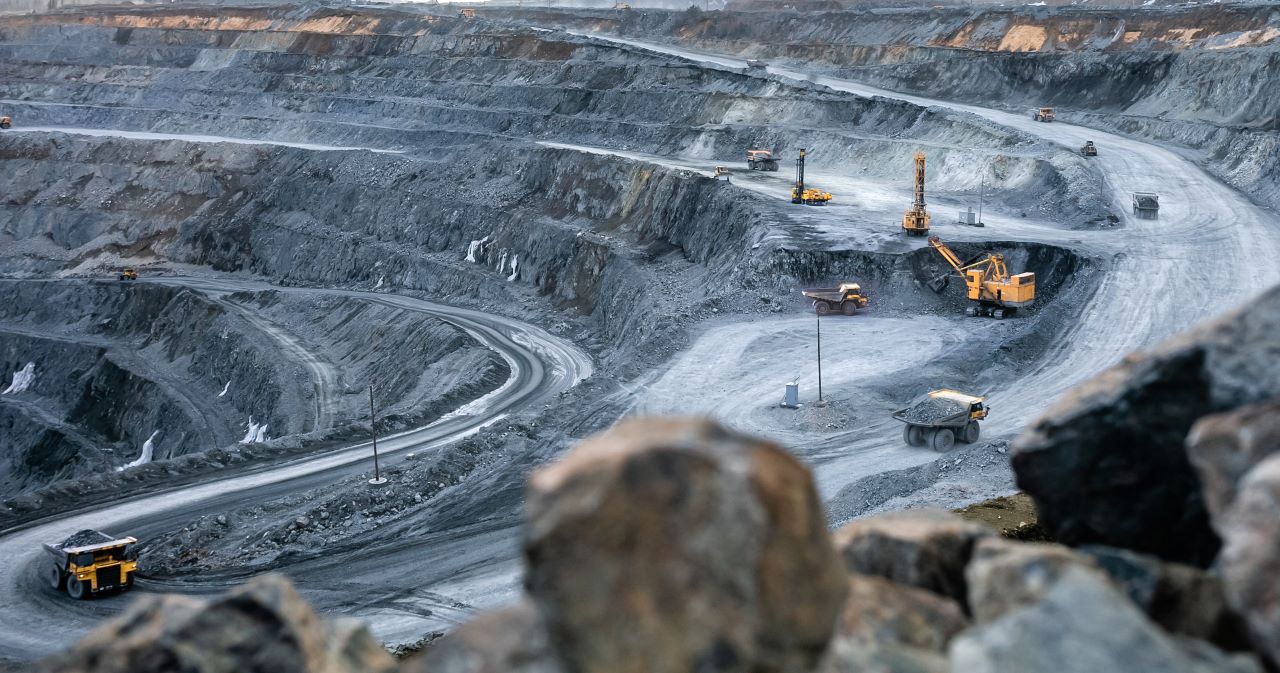Sign up for daily news updates from CleanTechnica on email. Or follow us on Google News!
On July 27, 2023, peak hourly electricity demand in the continental United States reached 741,815 megawatt-hours (MWh). This peak was the second highest since we began collecting this data in 2016, just under the all-time high of 742,704 MWh recorded on July 20, 2022.
Weather is a large driver of electricity demand, especially in summer months when homes and businesses use electricity for air conditioning. Peak hourly electricity demand in the United States typically occurs in either July or August when demand for space cooling is the highest.
National peak hourly demand can mask regional grid strains because the continental U.S. electric grid operates as three separate electric interconnections with little connectivity to each other: the Eastern, Western, and Texas Interconnections. These systems can be affected by individual weather patterns or resource availability that both create differences in the timing and intensity of when demand is the highest.
For example, last summer, temperature differences among the three regions led to differences in the timing and intensity of peak demand as well the ability of grid operators within each region to meet demand. Because hot weather was concentrated in Texas and the western United States, the electric systems in those areas of the country strained to meet higher demand.
Texas. The Electric Reliability Council of Texas (ERCOT), the grid operator for most of the state, broke all-time peak hourly demand records over the summer as extreme heat settled in the region for most of July and August. The extreme heat led to hourly wholesale electricity prices in excess of $4,000/MWh and to ERCOT issuing appeals for consumer electricity conservation for several days in August.
A combination of continued high temperatures into September and lower wind and solar output in the evening led ERCOT to declare an Energy Emergency Alert (EEA) Stage 2 on September 6, 2023. An EEA Stage 2 is the last step before a grid operator is forced to enter rotating outages to ensure grid stability.
Western Interconnection. Grid strain can occur at times when system demand is high but not necessarily the highest hour of the year. In the western United States, widespread heat in late July caused the California Independent System Operator (CAISO), the grid operator for most of the state, to call an Energy Emergency Alert Stage 1 on July 20, 2023. CAISO, unlike ERCOT, relies heavily on imported electricity from neighboring regions. However, widespread heat can limit the ability of neighboring systems to share resources when capacity is needed to meet load within their own systems.
An EEA Stage 1 is called when real-time forecasts expect energy deficiencies. Forecasts for high temperatures on July 20 across the Western Interconnection elevated demand in the California, Southwest, and Northwest regions (the three regions that make up the U.S. portion of the Western Interconnection). However sufficient resources were available to meet demand within California on that day without declaring additional staged emergencies or shedding load.
The actual peak hour of this year in the Western Interconnection occurred on August 17, 2023, when demand across the three regions reached 137,370 MWh. Grid operators were able to meet demand without entering into emergency conditions.
Eastern Interconnection. In the Eastern Interconnection, the largest of the three interconnection regions, hourly demand peaked on July 27, 2023, at 529,147 MWh, the same day that demand peaked for the continental United States. Peak demand was also high for a few days in August when hot weather moved through the Central United States and into the East Coast. PJM and MISO, the two largest system operators in the Eastern Interconnection, declared hot weather alerts in August but did not need to enter emergency conditions. High temperatures in early September also increased peak demand in New York and New England, but again, the system operators did not need to enter emergency conditions.
Principal contributor: M. Tyson Brown, Article via U.S. EIA’s Today In Energy blog.
Have a tip for CleanTechnica? Want to advertise? Want to suggest a guest for our CleanTech Talk podcast? Contact us here.
EV Obsession Daily!
I don’t like paywalls. You don’t like paywalls. Who likes paywalls? Here at CleanTechnica, we implemented a limited paywall for a while, but it always felt wrong — and it was always tough to decide what we should put behind there. In theory, your most exclusive and best content goes behind a paywall. But then fewer people read it!! So, we’ve decided to completely nix paywalls here at CleanTechnica. But…
Thank you!
Tesla Sales in 2023, 2024, and 2030
CleanTechnica uses affiliate links. See our policy here.



